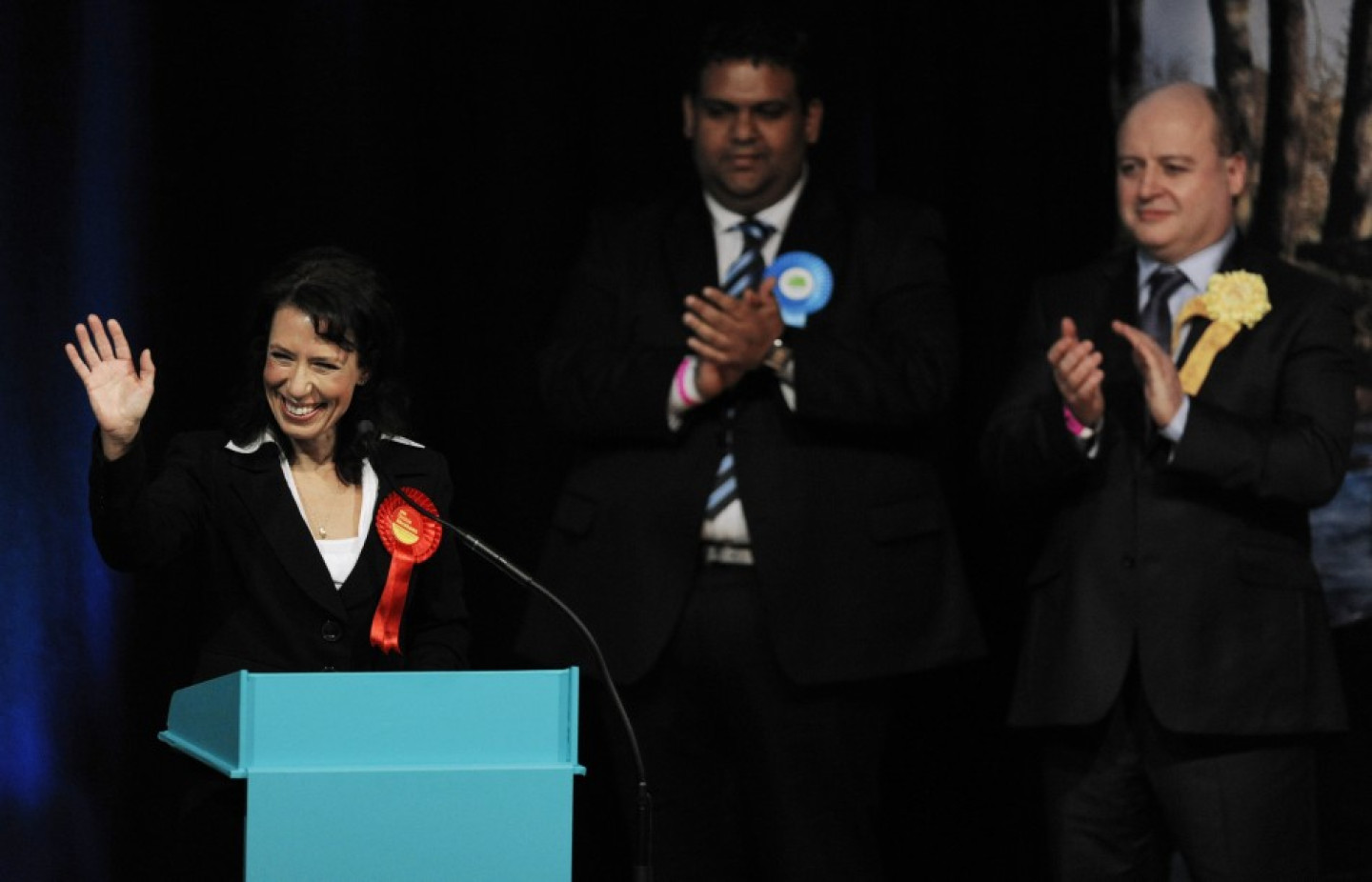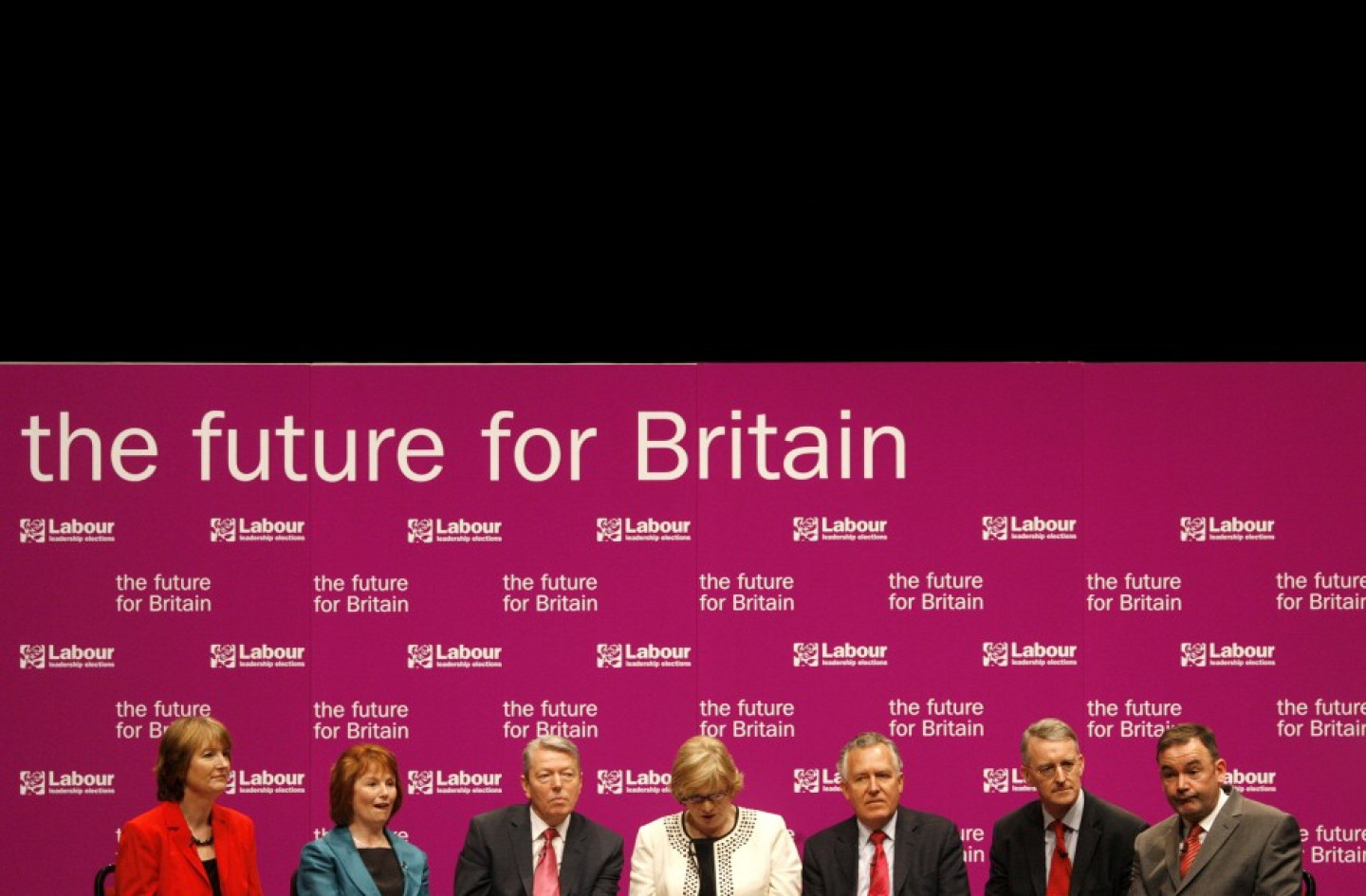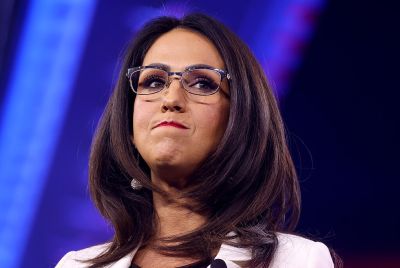Occupy London: Why Don't They Just Stand as MPs?

As the Occupy London movement looks sets to continue in the courts, the critics are suggesting that the protesters simply pack up and go home.
Harry Cole, the news editor of the political website, Guido Fawkes, said in a recent debate that "the system of democracy already exists through elections of MPs to parliament" and questioned the legitimacy of the camp site.
But how do you become elected to parliament? How long does the process take? Can you challenge a sitting MP? Does anyone really know?
Steve Lynch, 36, from Balham, said: "You need a lot of money. You need to know people in politics."
Tom Young, 28, from Portsmouth, said: "From what I understand, joining the party at local level, working your way up through the local level before you become selected."
Naomi, one of the spokespeople from the Occupy London Stock Exchange movement, said: "You need to work your way through the grassroots and then to become a research assistant for a politician. Certainly, having gone to Oxford or Cambridge helps."
As the IBTimes discovered, the Conservative and Labour nomination processes largely take place behind closed party doors. The system is so secretive, in fact, that the media cannot look at the application forms and one political party has already started shortlisting candidates for the 2015 election. The earliest anyone might have a chance of becoming an MP could be in nine years' time at the 2020 election. A 21-year-old protesting today will be 30 by the time they could possibly even have an opportunity to run for parliament.
But what is the actual process?
1. Become a Member
Although you may be a swing voter, and vote for a different party every election, you must choose a party. This requires paying a membership of around £25 a year. This represents the first problem: the vast majority of the country do not want to be permanently in one camp or the other. In many ways, by choosing one party is against the very nature of democracy, forcing you to choose a set of values for life that represents the closest fit to what you truly believe.
Yes, one could run as an independent. But to do would restrict the amount of influence you could wield within parliament. The choice, in short, is not only limited but permanent.
But if you can bring yourself to support one of the major parties, applying is the next step.
2. Applying
Having chosen your party, you need to have a solid CV of political activism within the party. The application form, which is essentially a confidential document, asks for your general background, including:
- Why you want to stand
- What you would bring to your constituency
- What values you endorse
- How you would support the party
According to Labour, once you have been a member for more than six months you are eligible to run as a parliamentary candidate.
3. Getting Selected

Both Labour and the Conservatives admit that if there is a "sitting MP", then you can pretty much forget about running. There is technically a chance to "upseat" an existing candidate through the local constituency, but this would be nearly impossible to achieve. It is unclear how many "winnable" seats are up for grabs during an election, but it is reportedly very few.
If there is no sitting MP, then there is an "open race". Your application is reviewed with dozens of others, which get whittled down to a long list and then a short list by local party members.
Everything is taken into consideration, from background and gender to race and values. It is described as a "job interview".
Once the list is trimmed down to six or so prospective candidates, then the hustings begin - a series of meetings, speeches and debates with the final candidates. It is essential for an aspiring candidate to perform well as possible, as this is an opportunity to demonstrate to the public your values and credibility.
Once you get through this stage, you are put forward to face the constituency at the general election.
Prime Minister Case Study
The Prime Minister, David Cameron, having been approved for the candidates list, began looking for a seat in December 1994 - three years before Blair came to power as leader of the Labour Party. In a series of disappointments in Ashford and Stafford, where he missed out on the party selection and lost the popular vote respectively, he went for the winnable seat of Witney after the "sitting Tory MP", Shaun Woodward, left the party to join Labour. In May 2001, he won the seat after having run a campaign on the importance of nursing and the defection of Woodward to the Labour Party.
Four years later, Cameron ran for the leadership of the Conservative Party and in 2010 became prime minister in an incredible assent to power for the form PR guru.
© Copyright IBTimes 2025. All rights reserved.




















